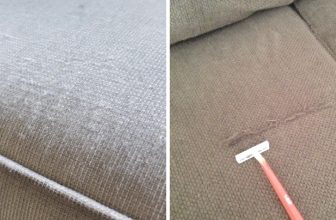How to Finish a Latch Hook Rug
Latch hooking is a delightful and creative craft that allows individuals to create beautiful, textured rugs and wall hangings. This method involves using a small hook to pull strands of yarn through a pre-made canvas, forming intricate designs that can range from simple shapes to complex patterns. This guide explores the key aspects of how to finish a latch hook rug. As you embark on the journey of completing your latch hook rug, you’ll not only enhance your artistic skills but also find relaxation and satisfaction in seeing your creation come to life. Whether you’re a seasoned crafter or a beginner, finishing a latch hook rug can be a rewarding experience that adds a personal touch to your home décor.
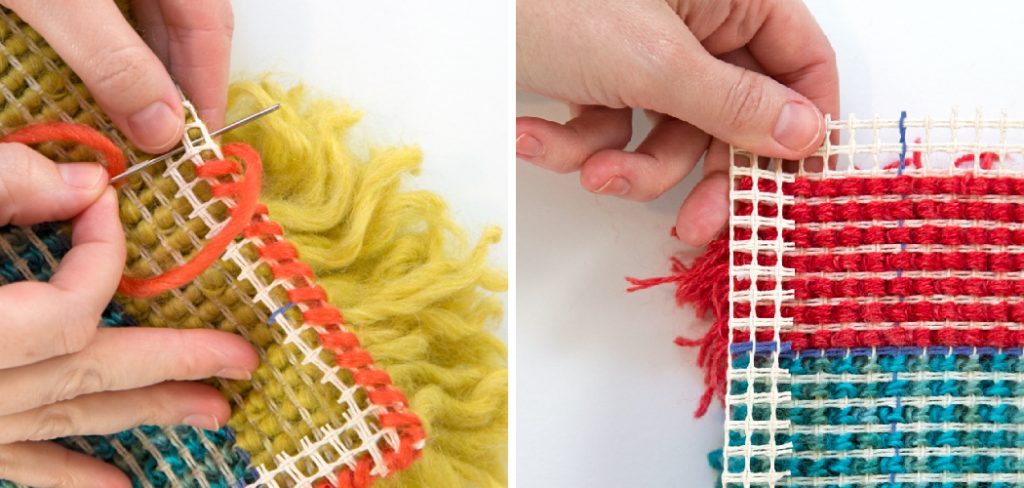
Importance of Properly Finishing a Latch Hook Rug
Finishing a latch hook rug properly is crucial for both aesthetic appeal and durability. A well-finished rug enhances the overall appearance, ensuring that the edges are neat and that the design is displayed to its fullest potential. Additionally, proper finishing prevents the yarn from unraveling, which can lead to frayed edges and a loss of structural integrity over time. This attention to detail not only preserves your hard work but also contributes to the longevity of the rug, allowing it to withstand everyday use. Moreover, a finished rug can serve as a statement piece in your home, providing a warm and inviting atmosphere that showcases your creativity and dedication to the craft.
Understanding Latch Hook Rugs
Latch hook rugs are a unique form of textile art that combines creativity with craftsmanship. The technique dates back to ancient times, evolving through various cultures to become a popular hobby in modern crafting. At its core, latch hooking involves using a latch hook tool to create a looped pile of yarn, which results in a plush and textured surface. The designs can vary widely, from simple geometric patterns to intricate landscapes and abstract art. This versatility makes latch hook rugs suitable for various settings, whether as cozy accents in a living room or playful decorations in a child’s bedroom. Understanding the fundamentals of latch hooking not only enhances your ability to create beautiful rugs but also deepens your appreciation for this time-honoured craft.
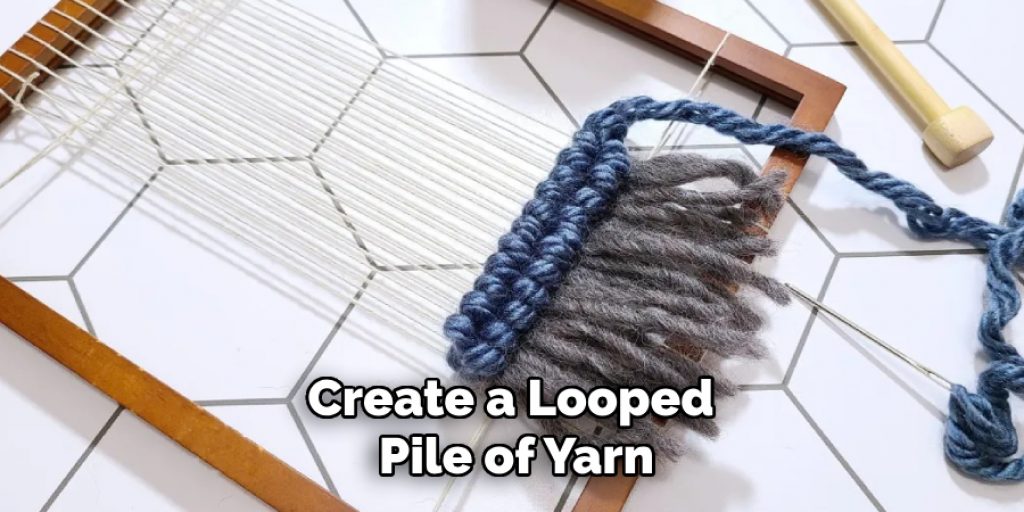
10 Methods How to Finish a Latch Hook Rug
1. Binding the Edges with Rug Binding Tape
Binding tape provides a professional finish to the edges of your latch hook rug, preventing fraying and adding stability. Start by trimming any excess canvas around the edges of your design, leaving a margin of about two rows. Fold this margin toward the back of the rug and iron it flat to create a clean fold. Cut a length of binding tape to fit each edge of the rug. Sew the binding tape onto the edges, ensuring it covers both the front and back folds of the canvas. Use a strong, durable thread and sew with a zigzag stitch for added security. This method provides a neat and polished edge, enhancing the overall appearance and durability of your rug.
2. Using a Non-Slip Rug Backing
A non-slip rug backing can be attached to the back of your latch hook rug to prevent it from sliding on hard surfaces. Measure and cut the backing to fit the dimensions of your rug. Apply a fabric adhesive to the back of your rug, spreading it evenly. Carefully place the non-slip backing onto the adhesive, pressing down firmly to ensure good contact. Allow the adhesive to dry completely before using the rug. This method is particularly useful for rugs intended for high-traffic areas or slippery floors, as it adds both safety and stability.
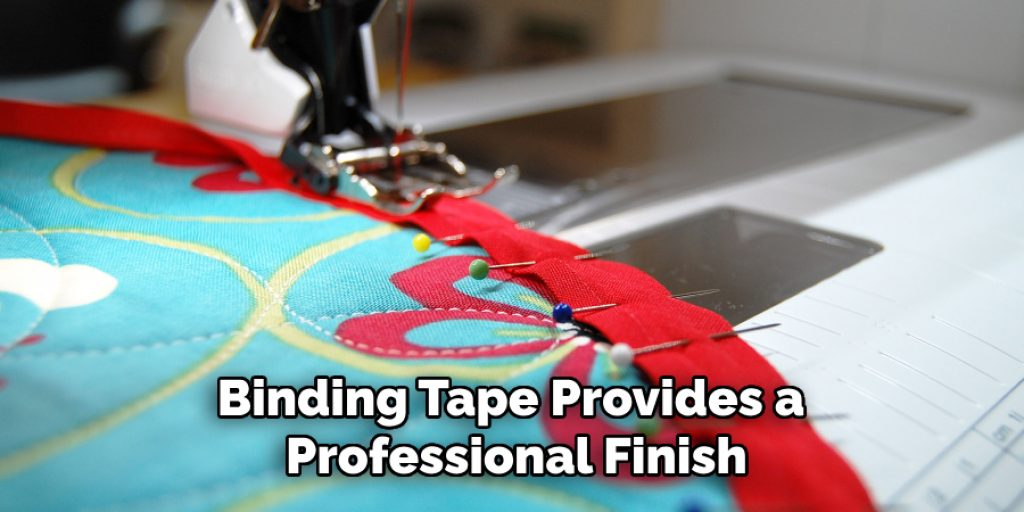
3. Creating a Hemmed Edge
Hemming the edges of your latch hook rug provides a simple yet effective finish. Trim the excess canvas around your design, leaving a margin of about one inch. Fold this margin toward the back of the rug and iron it flat. Use a needle and strong thread to sew the hem, making small, even stitches along the edge. Alternatively, you can use a sewing machine with a zigzag stitch for faster results. This method prevents fraying and gives your rug a clean, finished look.
4. Applying a Fabric Backing
Adding a fabric backing to your latch hook rug not only protects the knots and yarn but also gives the rug a more finished appearance. Choose a sturdy fabric such as cotton or canvas. Measure and cut the fabric to match the size of your rug. Turn the rug over and apply a layer of fabric adhesive to the back. Place the fabric backing onto the adhesive, smoothing out any wrinkles or bubbles. Allow the adhesive to dry completely. For added security, you can sew the edges of the fabric backing to the rug canvas. This method is ideal for protecting your rug from wear and tear and providing a softer backing for floor use.
5. Using Carpet Binding
Carpet binding tape is another option for finishing the edges of your latch hook rug. This tape is available in various colors and widths, allowing you to choose one that complements your rug design. Trim the excess canvas around your rug, leaving a small margin. Fold this margin under and iron it flat. Apply carpet binding tape to the edges, securing it with a strong adhesive or sewing it in place. This method provides a durable and professional finish, suitable for larger rugs or those that will receive heavy use.
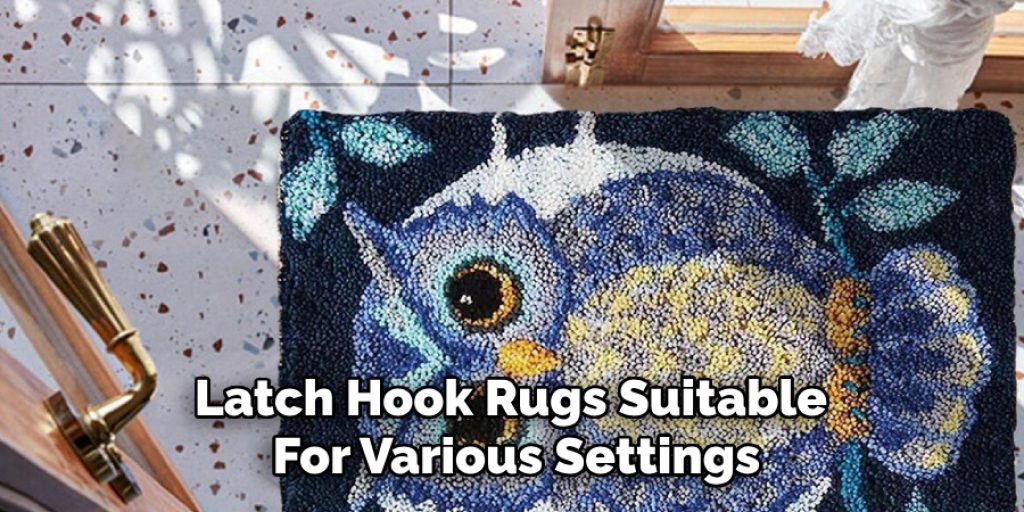
6. Fringing the Edges
Adding fringe to the edges of your latch hook rug can enhance its decorative appeal. After completing your rug, leave a margin of about two inches of empty canvas around the design. Cut lengths of yarn and fold them in half to create loops. Use a latch hook or crochet hook to pull the loops through the canvas holes along the edges, forming a fringe. Knot the yarn ends to secure the fringe in place. Trim the fringe to your desired length. This method adds a touch of elegance and can be customized to match the colors of your rug design.
7. Creating a Folded Edge
A folded edge is a straightforward method to finish your latch hook rug and prevent fraying. Trim the excess canvas, leaving a margin of about one inch. Fold this margin under toward the back of the rug and iron it flat to create a crease. Use a fabric adhesive or sewing machine to secure the folded edge in place. This method provides a clean and simple finish, making the rug suitable for display or light use.
8. Sewing on a Bias Tape Edge
Bias tape can be used to finish the edges of your latch hook rug, providing a neat and professional look. Choose a bias tape in a color that complements your rug. Trim the excess canvas, leaving a margin of about one inch. Fold the margin under and iron it flat. Encase the edge of the rug in the bias tape, folding the tape over both the front and back of the edge. Sew the bias tape in place using a sewing machine or by hand, ensuring the stitches are even and secure. This method offers a polished finish and is ideal for rugs with intricate designs.
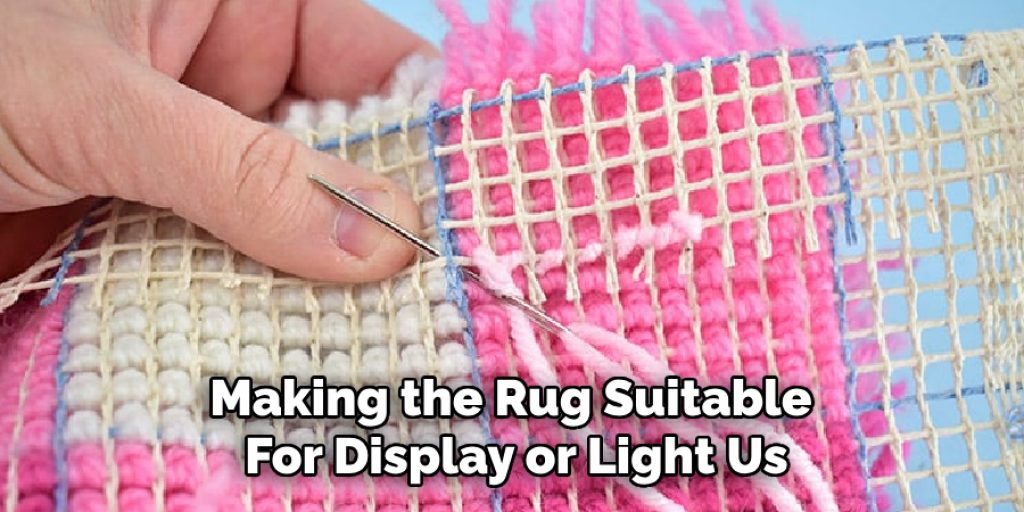
9. Attaching a Decorative Border
Adding a decorative border to your latch hook rug can enhance its visual appeal and protect the edges. Choose a border material such as fabric trim, ribbon, or crochet. Measure and cut the border to fit the dimensions of your rug. Trim the excess canvas, leaving a small margin. Fold the margin under and iron it flat. Attach the decorative border to the edge of the rug using a fabric adhesive or by sewing it in place. This method allows you to add a personalized touch to your rug and can be matched to your home decor.
10. Using Fusible Webbing
Fusible webbing is a versatile product that can be used to finish the edges of your latch hook rug. Trim the excess canvas, leaving a margin of about one inch. Fold the margin under and iron it flat. Cut strips of fusible webbing and place them between the folded canvas and the back of the rug. Use an iron to activate the adhesive in the webbing, pressing firmly to bond the layers together. This method provides a clean and durable finish without the need for sewing, making it ideal for those who prefer a quick and easy solution.
Conclusion
Finishing your latch hook rug properly is essential to ensure its durability and attractiveness. Whether you choose to bind the edges, add a non-slip backing, hem the edges, or apply a fabric backing, each method offers unique benefits that can enhance the appearance and longevity of your rug. From simple techniques like creating a hemmed edge to more decorative options like adding fringe or a decorative border, these ten methods provide a wide range of options to suit any style and purpose. Thanks for reading, and we hope this has given you some inspiration on how to finish a latch hook rug!


